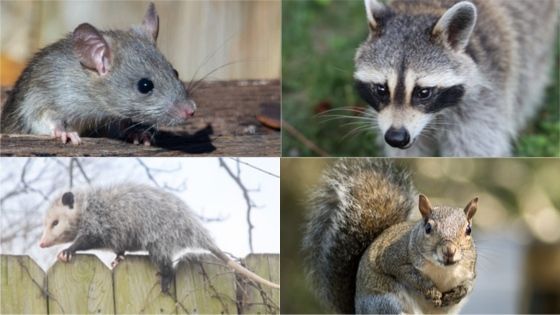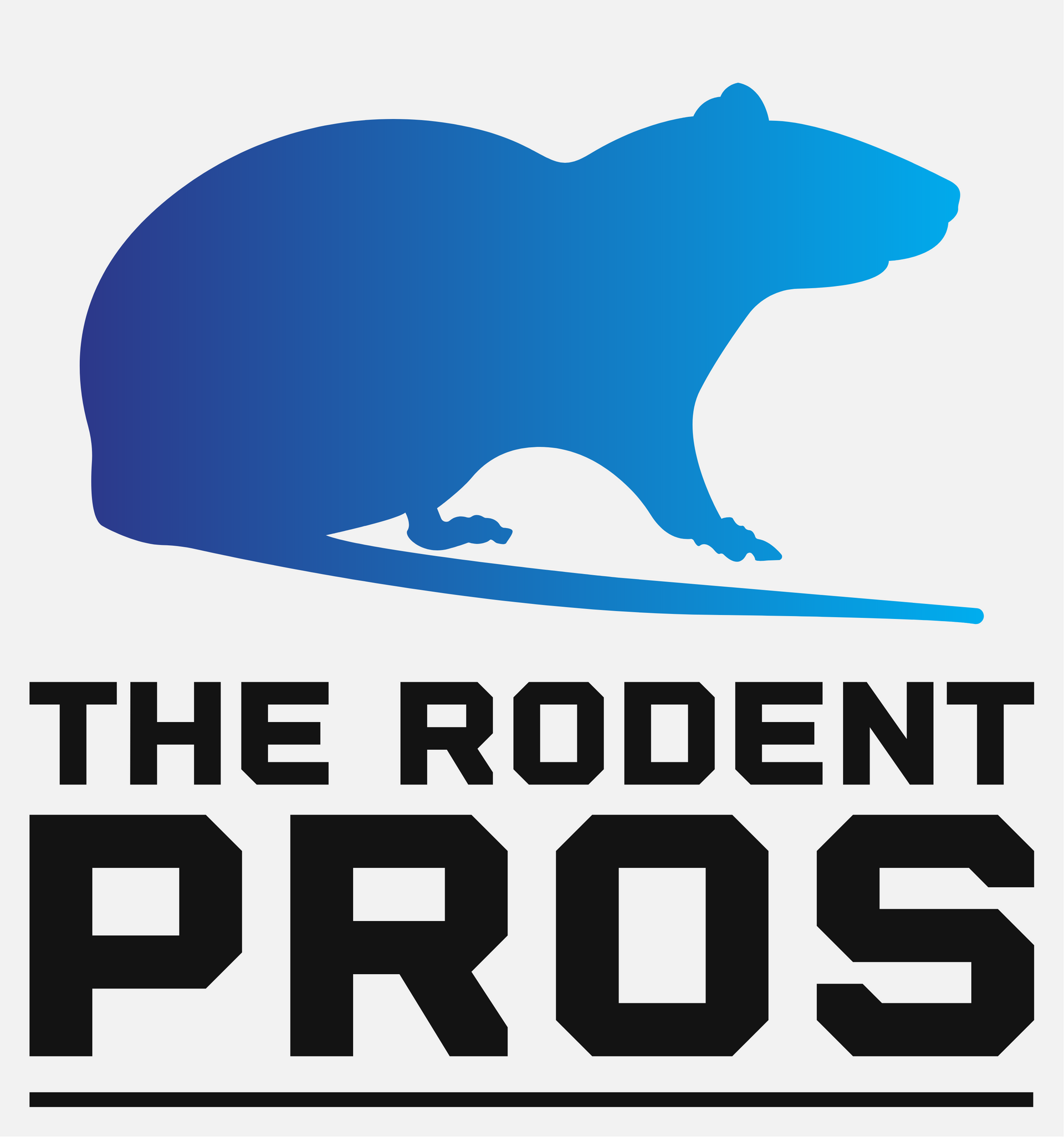
Common Species Found In Attics
Whether it is a raccoon or a rodent infestation in your attic. The Rodent Pros can help you with all your rodent/wildlife removal, remediation, and sanitation needs.
Click Here to Schedule A Free Inspection Today
In Tampa, Florida, several types of animals are commonly found living in attics. These animals seek out attics for shelter, warmth, and safety, especially during colder months or to raise their young. Here is a list of animals that frequently inhabit attics in Tampa, along with an explanation of why they are drawn to these spaces and the issues they can cause:
- Rats and Mice
- Reason for Infestation: Rats and mice are attracted to attics for the warmth, shelter, and abundant nesting materials available. They can easily enter through small openings and gaps in the structure.
- Issues Caused: These rodents can cause significant damage by chewing on wires, insulation, and structural materials, leading to potential fire hazards and costly repairs. They also leave droppings and urine, which can contaminate food and surfaces, posing health risks.
- Squirrels
- Reason for Infestation: Squirrels often seek out attics to create nests, particularly during the breeding season. They are excellent climbers and can access attics through roof vents, gaps, and damaged areas.
- Issues Caused: Squirrels can chew on electrical wires, posing fire risks, and cause structural damage by gnawing on wooden beams and insulation. Their nesting materials and droppings can also create unsanitary conditions.
- Raccoons
- Reason for Infestation: Raccoons are attracted to attics as safe places to give birth and raise their young. They can enter through larger openings, such as chimney flues, vents, and gaps in the roof.
- Issues Caused: Raccoons can cause significant damage to roofs and insulation as they try to create entry points. They can also introduce parasites and diseases, such as raccoon roundworm, which can be harmful to humans and pets.
- Bats
- Reason for Infestation: Bats seek out attics for their dark, quiet, and protected environment, ideal for roosting and raising their young. They can enter through small gaps and cracks in the roof and walls.
- Issues Caused: While bats themselves are not destructive, their guano (droppings) can accumulate, leading to unpleasant odors, structural damage, and potential health risks due to the growth of harmful fungi.
- Opossums
- Reason for Infestation: Opossums may enter attics seeking shelter and food. They can climb and access attics through roof edges, vents, and other openings.
- Issues Caused: Opossums can cause damage by tearing insulation and chewing on wires. They may also leave behind droppings and nesting materials, which can lead to unsanitary conditions.
- Birds (such as Pigeons and Starlings)
- Reason for Infestation: Birds may enter attics to build nests in a safe and sheltered environment. They can access attics through vents, gaps, and damaged areas in the roof.
- Issues Caused: Bird nests can block vents and gutters, leading to water damage. Bird droppings can accumulate, causing foul odors and potential health risks due to the presence of pathogens.
- Snakes
- Reason for Infestation: Snakes may enter attics in search of food, such as rodents, or to find a warm and safe place to hide.
- Issues Caused: While snakes themselves do not cause structural damage, their presence can be alarming to residents. Additionally, some snakes can be venomous, posing a risk to humans and pets.
- Insects (such as Wasps, Bees, and Termites)
- Reason for Infestation: Insects may infest attics for nesting and feeding. Wasps and bees can build nests in the eaves and walls, while termites can feed on wooden structures.
- Issues Caused: Insect infestations can lead to structural damage (especially with termites) and pose stinging risks (with wasps and bees). Their nests and activity can also create noise and discomfort.
Each of these animals can cause various problems when they infest attics, from structural damage and health risks to noise and odors. Effective prevention and control measures, such as sealing entry points, maintaining cleanliness, and using professional pest control services, are essential to keeping these animals out of attics and ensuring the safety and comfort of homes in Tampa, Florida.

